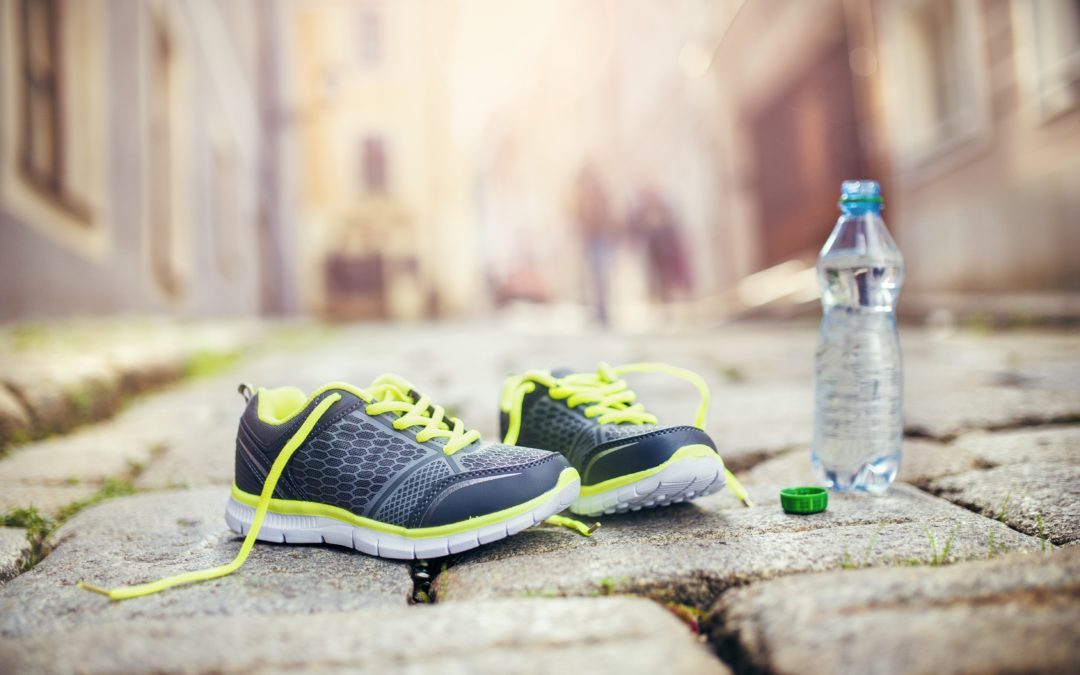What is this ACL everyone always talks about?! Although the name seems long and scary, Anterior Cruciate Ligament (ACL) injuries are some of the most common injuries in sports. This past winter, it seemed like ACL injuries were the newest trending fad. It seemed like everyone knows someone who injured their ACL while doing a winter sport, going skiing, or playing hockey.
Anatomy of ACL
The ACL is a ligament located inside the knee joint. The knee joint is made up of your femur (thighbone), tibia (shinbone) and kneecap (patella). All of the bones of the knee are connected together via ligaments (think of them like strong scotch tape) and help prevent too much movement of the bones, and to keep the knee nicely aligned and stable. On the inner side of the knee, we have the Medial Collateral Ligament (MCL) and on the outside of the knee we have the Lateral Collateral Ligament (LCL). On the inside of the knee joint, we have two small ligaments that form a cross, one is called the Posterior Cruciate Ligament (PCL) and the other is our famous ACL. Together, these ligaments prevent the femur and tibia from moving back and forth on each other.
Causes of ACL Injuries
The ACL is most often injured when an athlete changes directions or pivots quickly, from direct trauma or tackle, stops running suddenly or lands awkwardly from a jump. Sprains of the ACL On average, over half of all injuries to the ACL occur with other tissues and structures of the knee, like the MCL and meniscus. When we injure our ACL, it is considered a sprain.
There are 3 levels of severity
- Grade 1: the most mild sprain, the ligament is mildly stretched, but the knee is stable.
- Grade 2: moderate sprain, the ligament has been stretched and it is loose, the knee joint is less stable.
- Grade 3: the most severe sprain, the ligament has been stretched so much that it is torn into two pieces, leaving the knee joint unstable.
Treatment for your ACL injury
The best treatment for your ACL injury is dependent on your lifestyle. Often times, sedentary adults will not require any form of surgery to stabilize their knee; whereas an active younger athlete may require surgery to stabilize their knee. Before attempting surgery, physiotherapy is often done to help the injured athlete regain proper motion and strength in their knee, as well as decrease the swelling and learn how to walk and run again.
For more information about ACL injuries, or if you, or someone you know has injured your ACL, please feel free to call or book an appointment with Meghan today st 514-684-9073!

